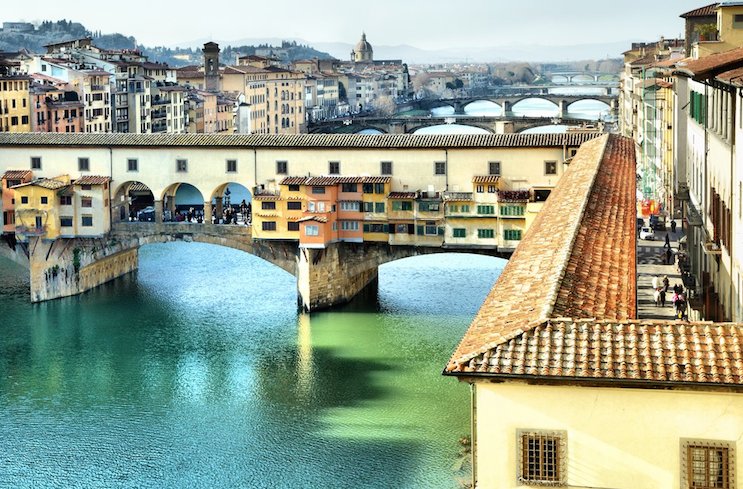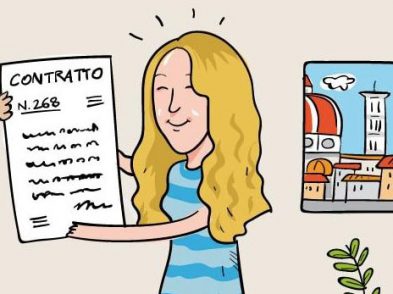A more democratic future lies ahead for what was once the walkway of the Medici Grand Dukes. In a statement released earlier this week, Uffizi director Eike Schmidt announced that he hopes to do away with privileged access to the Vasari Corridor and open it up to the general public.
Connecting Palazzo Vecchio to Palazzo Pitti, the Vasari Corridor is generally only accessible through tour operators and travel companies, and a visit can cost upward of 45 euro per person. Wait times can be excessively long for both visitors and residents. To counter this, Schmidt plans to introduce a moderately priced Vasari Corridor ticket (separate from admission to the Uffizi Gallery), emphasizing that this will give visitors an “opportunity, not an obligation” to explore the corridor.
Responding to concerns about excessive pedestrian traffic in the passageway, Schmidt commented, “We can relax about that: with the amount of time it takes to walk through the corridor, which is about 1km long, crowds will never be concentrated in one point the way they are in the Botticelli Room of the Uffizi, where they line up and often linger.”
Schmidt also announced plans to move the large collection of self portraits housed in the corridor to the Uffizi Gallery. This is primarily due to the corridor’s climatic conditions, which are “anything but ideal for housing paintings on canvas and wood.” He went on to explain the impracticality of creating a heating and cooling system compatible with these materials, since such a system“would aggressively affect the historic architecture.” Visitors can instead expect to see less “delicate” artworks on display, along with pieces that have a longstanding connection with the corridor. Among these will be the frescoes that once adorned its exterior, many of which have been in storage deposits for decades.
Schmidt explained that the impending changes are in line with the legacy of Anna Maria Luisa de’ Medici, who stressed that her family’s cultural patrimony should remain “as ornament of the state, for public use and to attract the curiosity of foreigners.”








